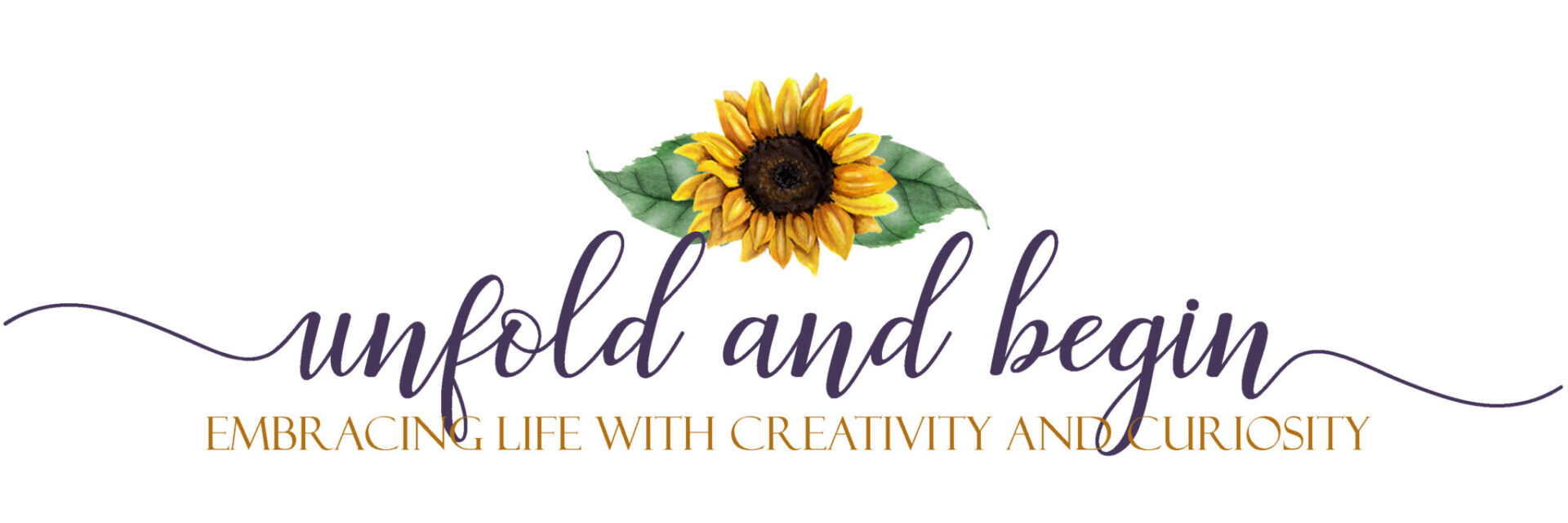Growing up, I always heard my parents say, “Learn from my mistakes and don’t do what I did.” But being a teenager meant that I was stubborn and decided that A.) I couldn’t make mistakes and B.) That experience was no longer relevant because it happened so long ago. What a fool I was. I’m here to tell you that it’s true, you can learn from my mistakes. You might even be doing it without realizing it.
How Seeing Failure Helps Us Learn
Sometimes, it’s difficult (especially when in the teenage, raging hormones and attitude years) to see the wisdom of that phrase and step back and learn from someone else’s mistakes. But it’s something that really helps us to learn. Studies have shown that we learn more by watching our competitors lose than by watching them win. By seeing someone else make a mistake, it gives us the information that we need so we can take steps to avoid the same mistake and choose a different course of action.
Of course, it’s hard, as a teenager, to have a cool head and study why our parents might have failed. We’re more likely to unknowingly use that skill watching our peers or our competitors. We do it when we’re playing games. Businesses do it too. They watch a competitor run a new marketing campaign or bring out a new product, they watch both wins and fails before deciding their next gameplay. Usually, it’s a competitor’s fail, though, that helps to catapult them forward.
When I became a yoga teacher, I still struggled with headstand. I would make a valiant effort to do it in the middle of the floor, but the pose just wasn’t happening. I needed a wall in order to complete it. I had a friend who could do a perfect headstand. He would lift his straight legs, pike position up over his head and then hold the pose for as long as was needed. Not only could I NOT do that, but I couldn’t even do a tripod headstand, which is a more accessible version, without using the wall to stop myself from falling over.
Every time we were in class and I would see his headstand, I would think that I could never do a headstand like that. I was comparing myself to him and coming up on the lacking side. And I was violating one of the “rules” of yoga. I wasn’t staying on my mat. I wasn’t practicing yoga where I was, instead, I was looking at someone else and comparing myself to their standards. And that’s never good, it causes self-doubt. I was stuck and paralyzed when it came to headstand pose because I was fixated on how perfect this other yogi was at doing it.
It’s at this point that we need the pedestal on which we put someone to crumble. And crumble it did. While teaching a class how to do tripod headstand, this incredible yogi fell out of the pose. He didn’t just fall, he collapsed so hard and at such a bad angle that for 1 second, we all thought he broke his neck. Then he got up and continued teaching and I got up into tripod headstand.
Learn From My Mistake
How did I learn? He had lifted one of his arms off the ground to explain how the core was important in any headstand and tried to point to his abs. By doing that, he was no longer in a tripod and he fell out of the pose. In that moment, I learned that each section of the tripod needed to be evenly balanced and I learned to get out of my head and not compare myself to someone with more experience.
I didn’t know I needed that. I didn’t know that I needed someone else to fail in order to learn. But it makes sense now, knowing that our brain learns better by seeing others fail. True, we also learn from our successes, but according to this study, we don’t learn anything from our opponents’ successes. But watch them fail and it’s a different story. We learn to not do that which caused their failure and then we adapt. But we can also learn by studying other people’s mistakes. If we didn’t, would we be where we are today? Whose mistakes or failure taught you a lesson?






I’ve been a perfectionist all my life and it’s only in the last few years that I’ve given myself some grace and allowed failure to not knock me over every time. I still hate to get things wrong, but I’m kinder to myself these days – Midlife has it’s benefits! BTW I’m impressed you can do a headstand of any shape or description!
Since the car accident, the headstand is not so pretty anymore.
Wow! You can still do a headstand? I’m impressed. And you have a good point that we often learn more from people’s mistakes than by their successes! Today, I’m reminded It’s a Wonderful World!
I was much better at the headstand two years ago before the car accident. Now it’s not a pretty sight. But I didn’t learn a good headstand into I was in my 40’s and was able to do it into my 50’s.
I’m so impressed – pretty sight or not. I wouldn’t dare even try. 🙂
I’ve long been aware of the concept of how we learn more from our own mistakes than from our successes, but I’ve never heard such a cogent explanation of how we can learn from others’ mistakes! Thanks for this life lesson, Jennifer!
I know. I never really even thought about it until I read this. Then it made me reflect back on any sport I ever learned and I realized that I unconsciously did it. I watched people win and lose while playing these games and I learned from both.
I enjoyed this !
Learned a lot of what not to do growing up in my house. Learned not to be so critical of my parents when I screwed up in my own ways as a parent. I imagine my children will learn from my mistakes and make their own and the cycle will continue. I
‘m impressed by the headstand!
So true. We learn about raising chlidren from our parents when we are young, but don’t realize it until we put it into practice as an adult.
so true in many areas of life. it’s difficult to face up to the mistakes sometimes, but if you do, you will be stronger for it.
I think it’s easier to learn from our own mistakes and harder for us to look at someone else’s and realize that we need to learn from their mistakes.
I’m a huge promoter of people learning from my mistakes- if no one’s going to learn anything, it really was pointless. I might ask too many questions but I’d rather learn from someone else’s mistake rather than making it myself for no reason. There is always something to learn!!
I think it has been more difficult for me to learn from others’ mistakes than my own but as I’ve grown older I’ve been more open to it. One thing is certain. After reading your post I’m never breaking up the tripod by point to my abs if I ever achieve a yoga headstand! I used to do this pose effortlessly when I was a few decades younger. I must try it again!
Not breaking the tripod is a very important lesson to learn.
I love your yoga example! I’m terrible at crow, much less headstand. But, I think the point you make is important. When I compare myself to the perfections in others and lament my failures I’m forgetting that our journeys are fundamentally different. There’s room for us all, and we’ll all fail and flounder at different points and for different reasons. Falling out of crow pose isn’t going to be what anyone remembers about me when I’m gone. My hope is they’ll remember I contributed, and I cared enough to keep giving the best of myself. Thanks for the post- I appreciated the reminder!
Early in my yoga practice a teacher put a cushion in front of me before we started practicing Crow. She called it a crash pad and that right there told me it was ok to NOT be perfect. That we would learn by failing.
That’s a great idea! I should try it that way. 🙂